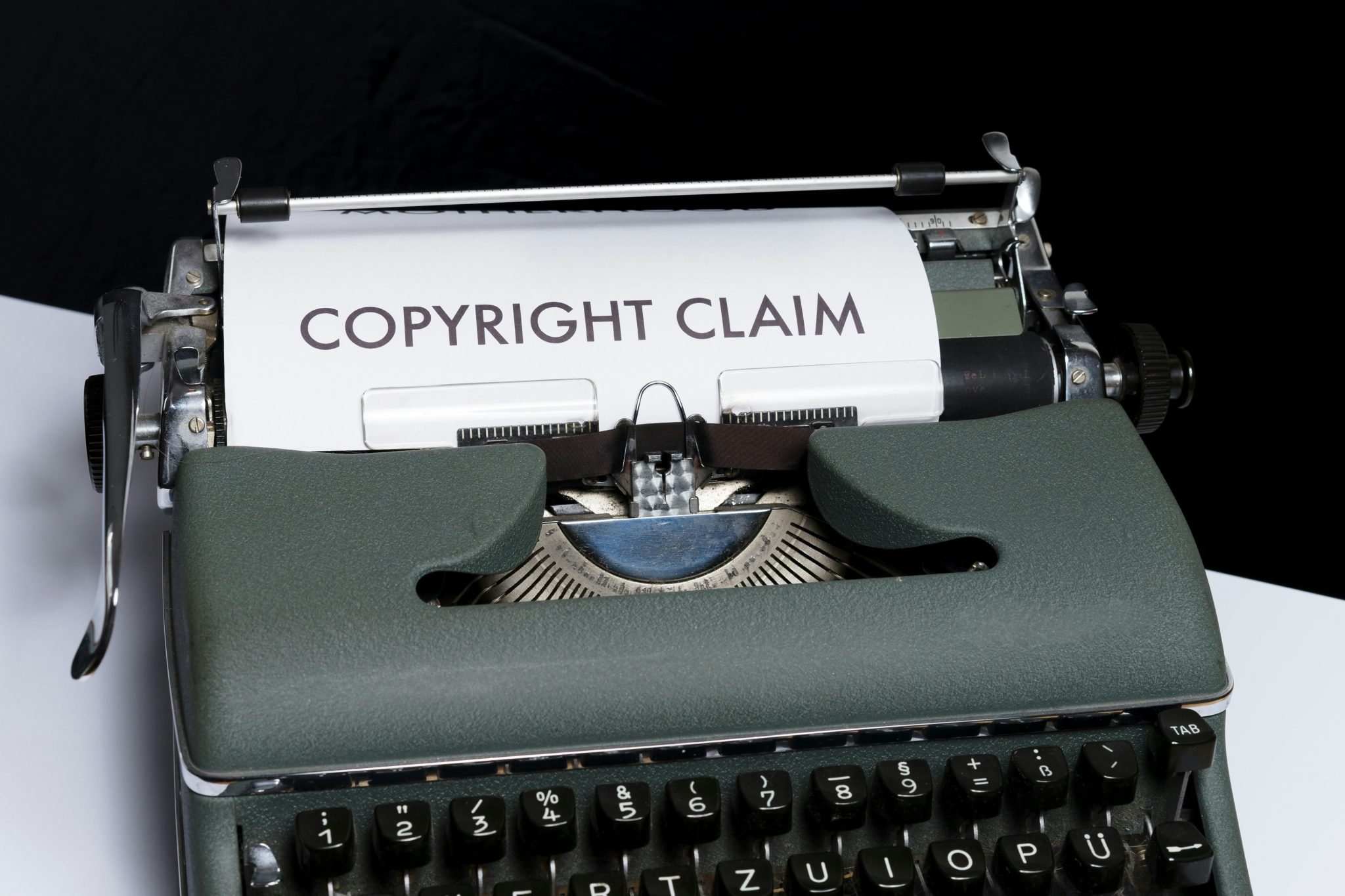
There are two important letters you need to remember as a fledgling professional creative. ‘I’ and ‘P’. When it comes to making an impact in the business landscape and avoiding potentially detrimental lawsuits, your IP is going to be one of your most valuable assets, which means you need to do everything in your power to protect it. If you don’t yet understand what IP truly means – and your mission in ensuring its safety – then you need to get on top of that straight away. To help you out, we’ve listed seven easy steps to understanding the concept entirely, allowing you to step into the market with confidence that your bright idea is truly yours.
Step One: Understanding the Basics
The first thing you need to do is understand the basics – in other words, getting to grips with what IP truly means. Standing for ‘Intellectual Property’, your IP refers to the creation of your own mind, such as an invention, a design, or a brand identity. As a creative, it’s crucial to know what kind of work you produce and how IP law can protect it, and this involves patents, copyrights, trademarks, and trade secrets, among other things.
Step Two: Attaining the Right Insurance
It also involves insurance. Even if you weren’t in the creative industry, insurance can be the difference between a business that’s successful and a business that fails after its first few years. This is because, no matter how much you try to prevent them, accidents always happen.
In terms of your IP, for instance, there might be an event in which another creator or company claims your IP infringes on theirs, or someone else has stolen your IP and is using it without your permission. Without something like commercial liability insurance, you’ll have to bear the full cost of these legal defences, as well as any damages that leave you out of pocket. So make sure you look into all the necessary insurance policies and attain the right coverage before something like this becomes an issue.
Step Three: Identifying What’s Yours
If a lawsuit does occur, however, you’ll also need to be well aware of what exactly you’re fighting for. Believe it or not, many businesses don’t truly understand what their IP actually is. As a result, they lump various ideas, designs, and creations together, and fail to properly classify them or protect them under the appropriate legal categories. This lack of clarity can leave a business particularly vulnerable, so it’s your job to clearly identify and categorise your IP – whether it’s a logo, a product design, or a piece of content – and ensure it’s properly registered and marked.
Step Four: Registering Copyright or Patents
The above point involves getting the necessary paperwork. An IP with no copyright or patent is only an IP in theory, not in practice, and that’s never going to stand up in a court of law if you’re claiming someone has infringed on your work. Copyright and patent registrations provide an official record of your intellectual property and make it far easier to defend your rights, so again, it’s your job to apply for the necessary protections as soon as possible. Whether it’s the US Copyright Office or the US Patent and Trademark Office, registering your IP with the appropriate authorities is a relatively simple process, and the evidence it gives you that the idea is truly yours will be invaluable moving forward.
Step Five: Avoiding IP Infringement
We’ve talked a lot about how you can protect your IP with the right insurance and paperwork, but none of this will be useful if you don’t really know what you’re looking for. IP infringement, of course, occurs when someone uses your protected work without permission, so as a creative, it’s up to you to keep an eye on your work both online and in the market.
Tools like Google Images or TinEye can be particularly effective here, as they allow you to reverse search your work and find out where it’s being used elsewhere on the internet. Google Alerts can also be set up for key terms related to your IP, and apart from this, there are multiple IP monitoring services that can scan the internet – along with social media platforms – for you. These are the steps you have to take to not only understand and protect your IP, but ensure you’ve got your finger on the pulse of your sector and know as soon as possible if there are any infringements.
